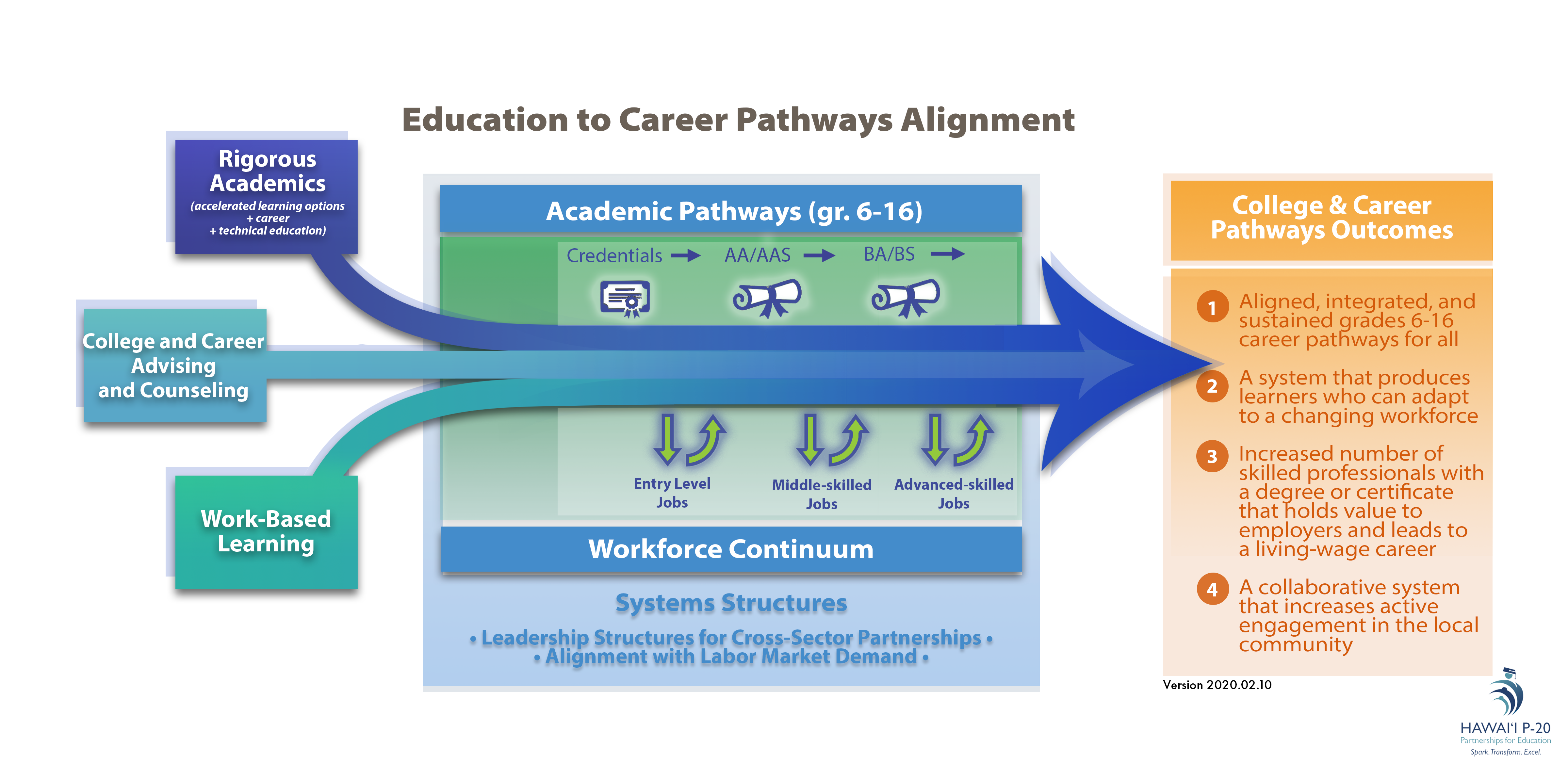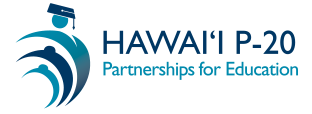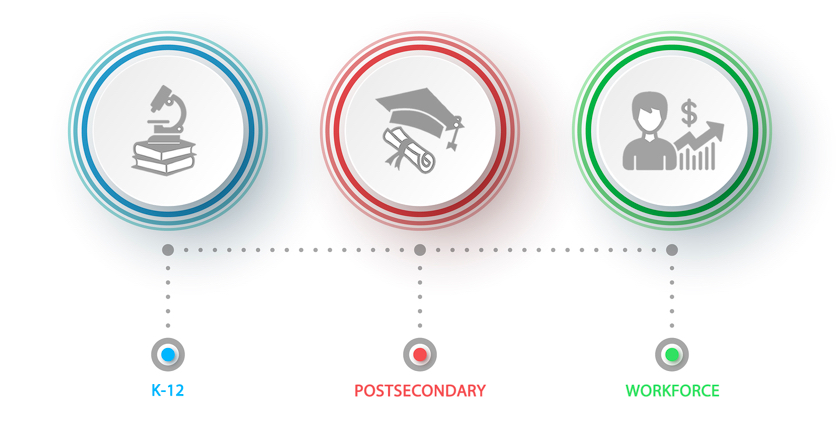Employers today struggle to hire enough workers to meet current and projected demands. Meanwhile, we know that our Hawai‘i students are more than capable to do this work, but may not have the right skills or credentials to fill critical positions in the current or future labor market. To change this trend, we must continue evolving how the student learning experience is designed and aligned with the needs of our employers.
College and career pathways expand economic opportunity while preparing students for career and life success. Completing a high-quality college and career pathway improves academic achievement and increases the likelihood of graduating high school, being prepared for college-level coursework, developing employability skills and securing a living wage job. Pathways do this by helping students to navigate the complex array of postsecondary and training options they face.
Education to Career Pathways
Across all components, there are foundational criteria that we will explore in future sessions which include:
- Data & Metrics
- Equity & Access
- Communications & Messaging
- Learning & Teaching



